Vietnamese Herbs: A Flavor-Packed Journey Through Global Spice Traditions
If you've ever had a bowl of pho or a fresh summer roll and wondered what gives it that unmistakable zing, the answer is Vietnamese herbs. These vibrant, aromatic greens are the unsung heroes of Southeast Asian cuisine — small in size but mighty in flavor. Whether you're a professional chef, a spice enthusiast, or someone who just loves to experiment with global flavors, this guide will help you understand why Vietnamese herbs are a cornerstone of Global Spice Traditions.
Table of Contents
- What's the Hype About Vietnamese Herbs?
- Top 5 Vietnamese Herbs You Should Know
- How to Use Them Like a Pro
- Growing Vietnamese Herbs at Home: Tips & Tricks
- The Cultural Significance of Herbs in Vietnamese Cuisine
- Vietnamese Herbs Go Global: Influence on Modern Cuisine
- Herb Comparison Table
- Conclusion
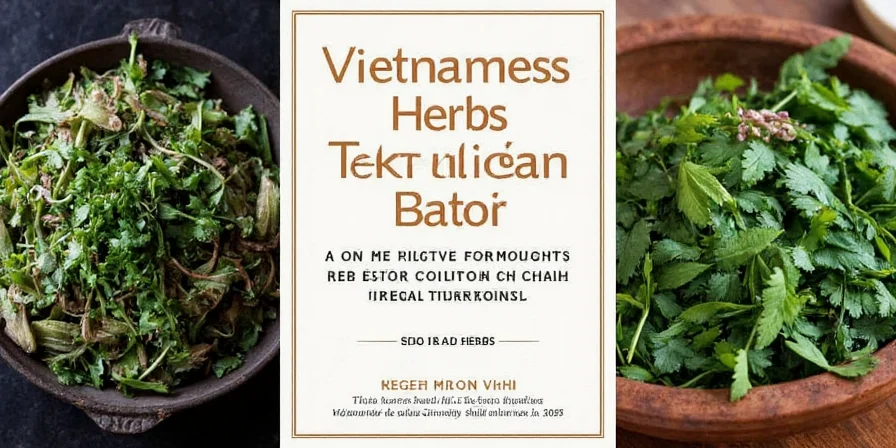
What's the Hype About Vietnamese Herbs?
Vietnamese cuisine may not be as globally recognized as Thai or Japanese food, but when it comes to fresh ingredients and herb-forward dishes, it stands tall among the culinary greats. The liberal use of fresh herbs is one of its most distinctive features.
In many Western cuisines, dried spices dominate. But in Vietnam, fresh herbs take center stage. Why? Because they bring brightness, contrast, and a whole lot of personality to every bite. Plus, many of these herbs aren’t just tasty — they’re packed with health benefits too.
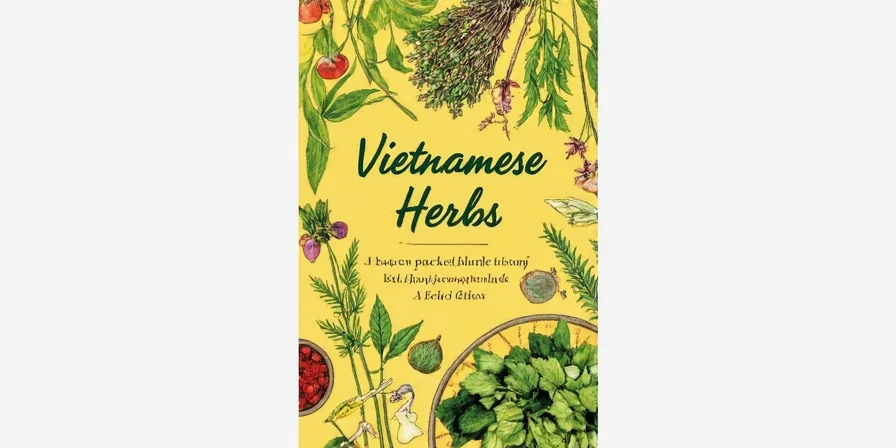
Top 5 Vietnamese Herbs You Should Know
Let’s break down the five most essential herbs found in Vietnamese kitchens:
- Cilantro (Ngò Rí): Bright, citrusy, and slightly soapy (to some). It’s the go-to garnish for pho and banh mi.
- Basil (Húng Quế or Húng Tiêu): Not your Italian basil. This variety has a spicy, clove-like kick and is perfect for hot dishes like bún bò Huế.
- Perilla (Tía Tô): Also known as shiso in Japanese cuisine, perilla leaves have a minty, earthy flavor and are often used raw in wraps or soups.
- Mint (Húng Lủi or Bạc Hà): Crisp and refreshing. Used in salads, spring rolls, and even desserts!
- Thai Basil (Húng Quế Tía): Slightly different from sweet basil, Thai basil has a licorice-like aroma and holds up well to heat.
Quick Tip
When shopping for Vietnamese herbs, look for vibrant colors and crisp textures. If possible, buy them the day you plan to use them — freshness is key!
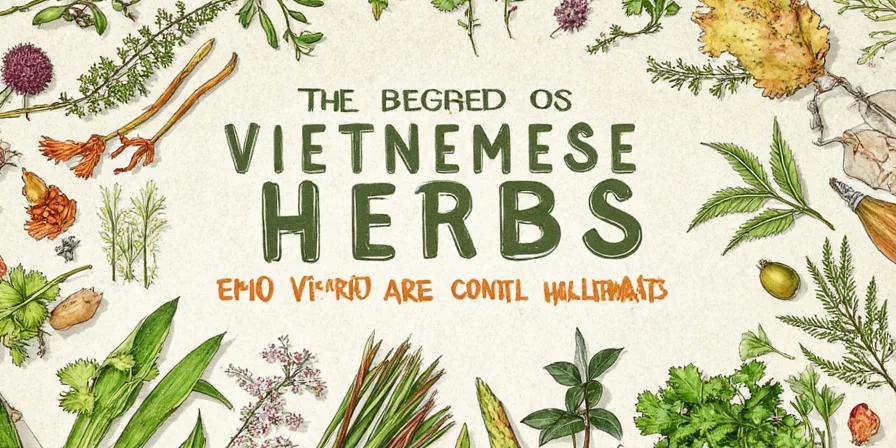
How to Use Them Like a Pro
Vietnamese herbs aren't just garnishes — they're integral to how a dish tastes and feels. Here’s how to use them effectively:
1. Don’t Cook Everything
Most Vietnamese herbs are best enjoyed raw. Their delicate flavors can get lost in high heat, so toss them in at the end or serve them on the side.
2. Layer Flavors
Combine different herbs to create depth. For example, in a banh xeo (sizzling pancake), using mint, cilantro, and perilla together creates a complex sensory experience.
3. Pair Smartly
- Cilantro + Lime = Pho perfection
- Thai Basil + Chili = Stir-fry magic
- Perilla + Pork = A match made in Huế
4. Make Your Own Herb Platter
For gatherings or family meals, create a platter with various herbs, lettuce wraps, pickled veggies, and grilled meats. Guests can build their own wraps — fun and interactive!
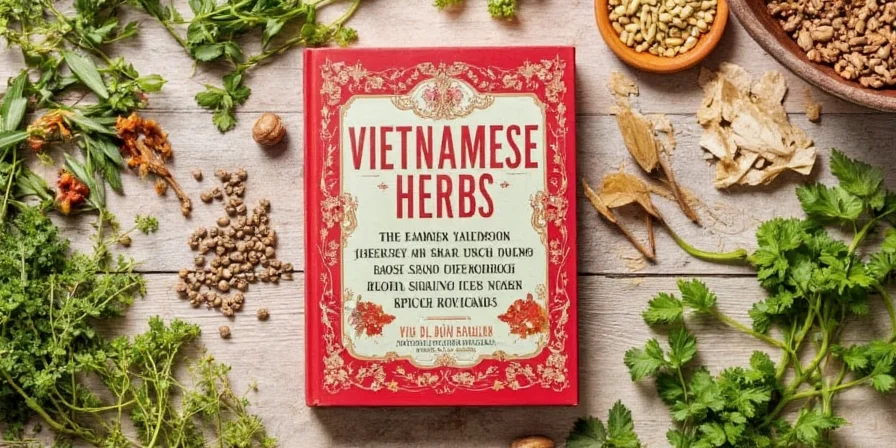
Growing Vietnamese Herbs at Home: Tips & Tricks
You don’t need a tropical garden to grow these herbs — a sunny windowsill or small balcony will do. Here’s how to get started:
1. Choose the Right Varieties
Start with the most commonly used ones: Thai basil, cilantro, mint, and perilla. They’re relatively easy to grow and adapt well to pots.
2. Soil & Sunlight
- Use well-draining potting soil
- Ensure 6–8 hours of sunlight per day
- Avoid overwatering — these herbs hate soggy roots
3. Harvest Regularly
Regular harvesting encourages bushier growth. Pinch off the top leaves to promote branching.
4. Watch for Pests
Common pests include aphids and spider mites. Keep an eye out and treat early with neem oil or insecticidal soap.
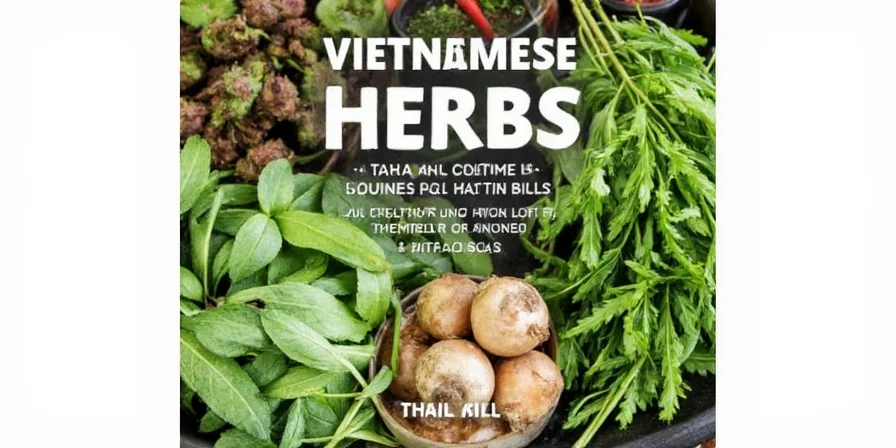
The Cultural Significance of Herbs in Vietnamese Cuisine
In Vietnam, food isn’t just about taste — it’s about balance, harmony, and healing. Herbs play a crucial role in traditional medicine and are believed to have cooling or warming properties depending on the season.
For example:
- Mint is considered cooling and is often eaten during hot weather.
- Perilla is warming and used in winter dishes to stave off chills.
- Cilantro helps with digestion and is served alongside rich broths.
This herbal wisdom has been passed down through generations, making Vietnamese cooking as much a science as it is an art.
Vietnamese Herbs Go Global: Influence on Modern Cuisine
Gone are the days when Vietnamese herbs were confined to street stalls in Hanoi. With the rise of global food trends, chefs around the world are experimenting with these bold flavors.
- New York: Michelin-starred restaurants now feature pho foam with Thai basil oil.
- Tokyo: Ramen shops offer Vietnamese-style herb sides instead of standard toppings.
- London: Fusion dishes like “Pho Carbonara” make waves on Instagram.
As part of the broader Global Spice Traditions, Vietnamese herbs are no longer niche — they’re mainstream.
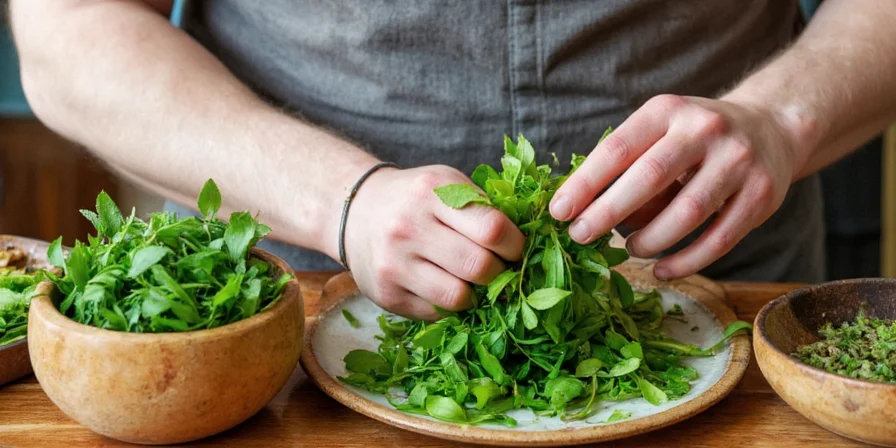
Herb Comparison Table
| Herb | Flavor Profile | Best Used In | Health Benefits |
|---|---|---|---|
| Cilantro | Citrusy, light, slightly soapy | Pho, banh mi, noodle bowls | Rich in antioxidants, supports digestion |
| Thai Basil | Anise/licorice notes, peppery | Stir-fries, hot pots | Anti-inflammatory, antibacterial |
| Perilla | Minty, earthy, nutty | Soups, wraps, grilled meat dishes | Antioxidant-rich, supports respiratory health |
| Mint | Fresh, cool, sharp | Salads, drinks, desserts | Relieves indigestion, soothes headaches |
| Culantro (Ngò Gai) | Stronger than cilantro, more pungent | Curries, soups, seafood dishes | Anti-diabetic, anti-inflammatory |
Conclusion
Vietnamese herbs may be small, but they pack a powerful punch in terms of flavor, versatility, and cultural significance. Whether you're whipping up a batch of pho at home or experimenting with fusion dishes in your restaurant kitchen, understanding and utilizing these herbs can elevate your culinary game significantly.
As part of Global Spice Traditions, Vietnamese herbs remind us that sometimes the simplest ingredients — fresh, green, and fragrant — can make the biggest difference. So next time you're at the market, don’t skip the herb section. Grab a bunch, give them a sniff, and let them transport you straight to the bustling streets of Saigon.
Happy cooking!

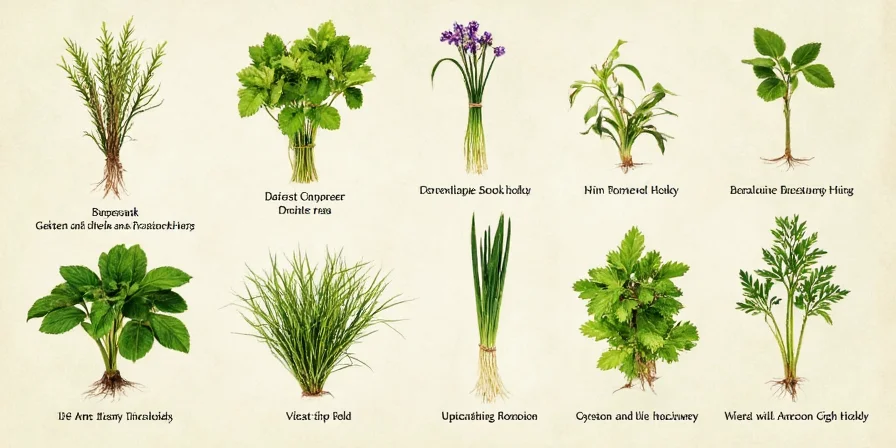









 浙公网安备
33010002000092号
浙公网安备
33010002000092号 浙B2-20120091-4
浙B2-20120091-4